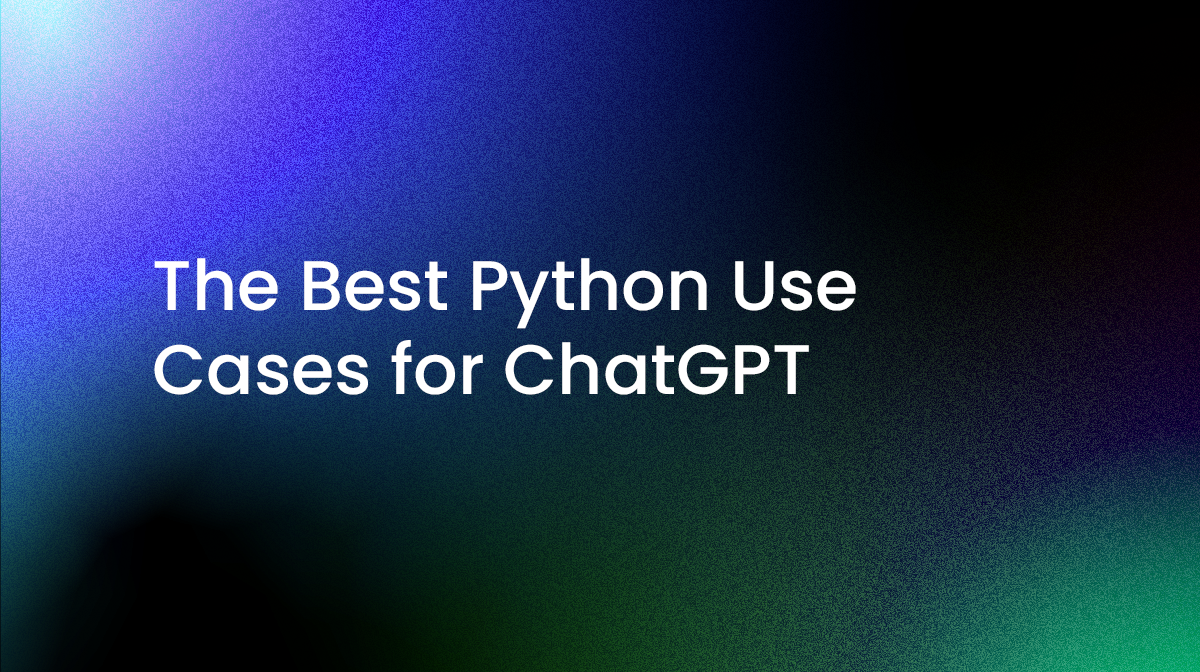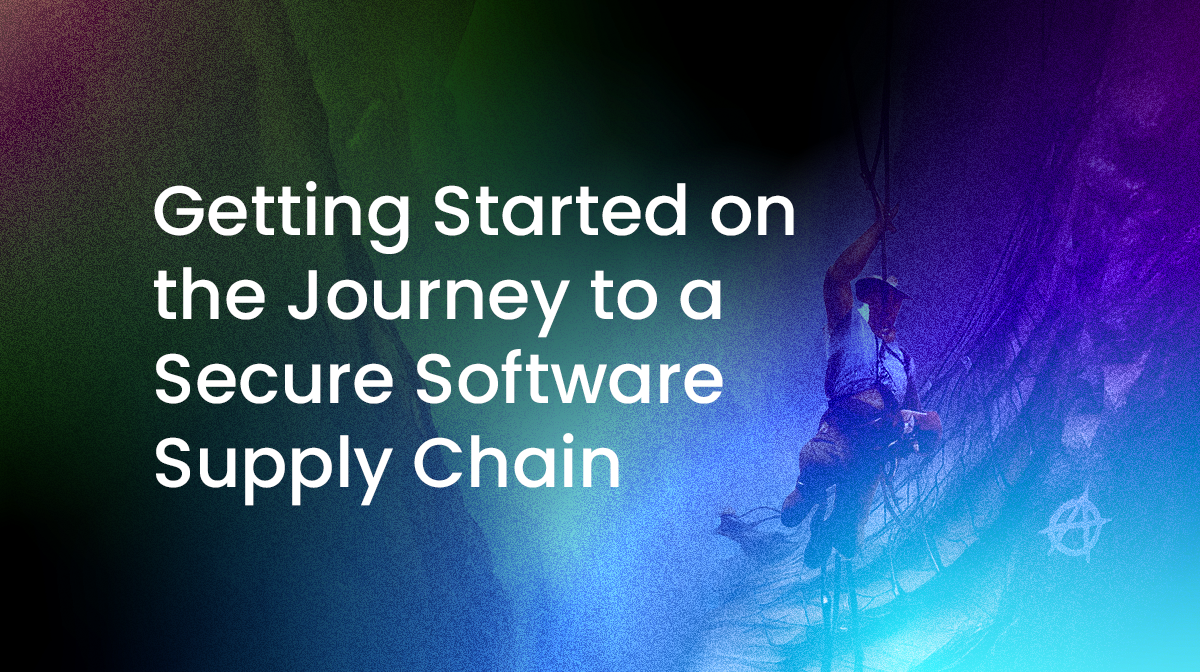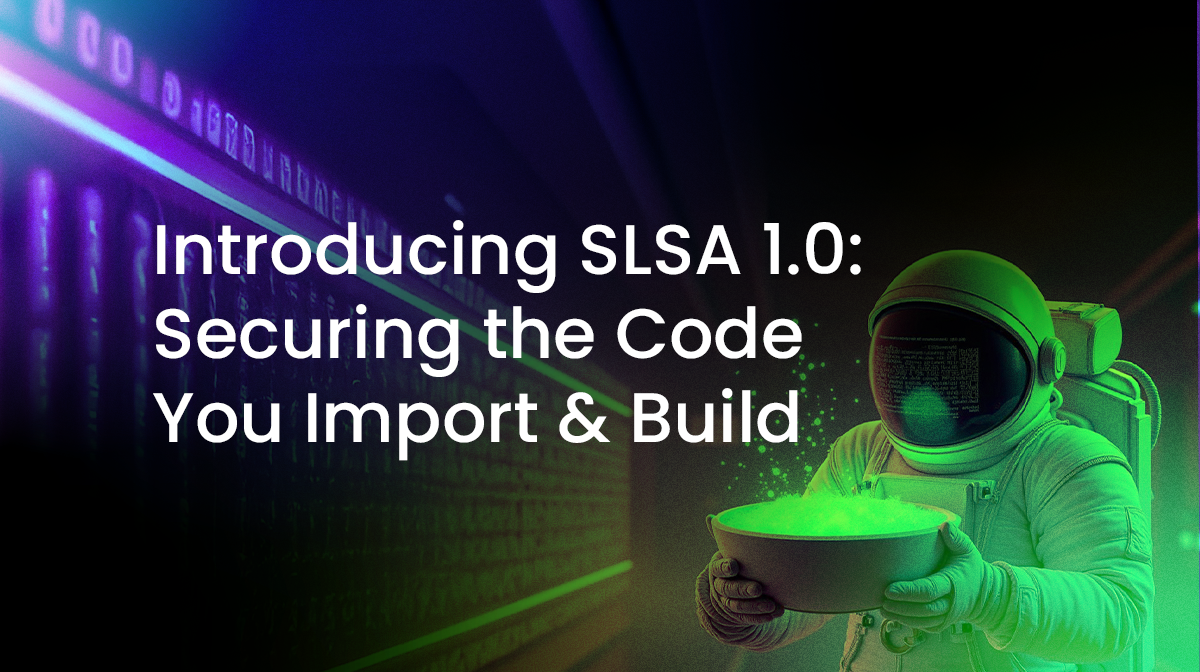Blog
All Blog Posts
How to Mitigate the 3 Most Common Python Supply Chain Threats
Learn which are the 3 most common supply chain threats in the Python ecosystem, and how to reduce the risk they pose to your software.
Read More
The Best Python Use Cases for ChatGPT
ChatGPT can be both empowering for Python coders and extremely frustrating. Learn which pitfalls to avoid & which use cases to focus on.
Read More
Getting Started on the Journey to a Secure Software Supply Chain
Learn how to recognize the first stage of your Software Supply Chain Security Journey, and how to overcome the anarchy that characterizes it.
Read More
How to Distinguish Human Text From AI Text – Using Python
Can Python be used to reliably distinguish AI-generated text from human-generated text? Try out these two Python projects and find out.
Read More
The Top 10 Computer Vision Packages for Python
Innovation in Computer Vision is being driven by Python. Learn which are the best Python packages for which Computer Vision task.
Read More
How to Avoid Software Supply Chain Fines
The US administration is proposing legislation that will hold vendors liable for non-secure software. Find out what it means & what can you do to ...
Read More
Introducing SLSA 1.0: Securing the Code You Import & Build
The SLSA 1.0 specification provides verifiable controls and best practices to help you secure your software supply chain. Learn how.
Read More
How to Automate Python for Visual Studio Code
Setting up Python projects in VS Code just got a lot easier with the ability to automatically switch between interpreters. Learn how.
Read More
Why Software Bill of Materials (SBOM) Require Attestations
SBOMs won't secure your software supply chain because they lack attestation info about how components were sourced and built. Learn more.
Read More
Easy Python Dependency Management With Shareable Environments
Learn how shareable development environments can finally make Python dependency management and environment management simple and easy.
Read More
Five Stages For a Secure Software Supply Chain
Learn how to navigate the five stages to securing your software supply chain and meeting US government software supply chain requirements.
Read More
How to Make Ruby Package Management Better
Managing Ruby gems, environments and dependencies for multiple OSs shouldn't require managing and maintaining multiple tools. Learn how.
Read More















